I arrange to meet Tony at the Urban Winery early one morning, and even by my standards the previous night had been entertaining, so we decide it’s a little early to do a tasting. I’ve just seen Tony at Winetopia the month before and tried the new Zen, and a couple of others, so I feel I’m up to date anyway.
Tony Bish: This is our barrel hall – sorry about the acoustics – it wasn’t designed for that! This is where we do all the Chardonnays.
WineFolio: So this is a working place – I can see all the hoses and everything? I ask, because it looks beautiful.
TB: Heck yes. There’s 300 bottles in every barrel, so there’s only one empty barrel in here and it’s that end one which we use for topping. The rest are all chock-a-block. It adds up to quite a bit of fine wine at the end of the day. And every year I’m going up higher, but we’ve got plenty of capacity because really all I’m doing even for the next few years is pushing out ‘Fat n Sassy’ because I can barrel ferment that at Sacred Hill, and I can do all my premiums in here forever and a day.
WF: Even ‘Fat n Sassy’ is fantastic though.
TB: It’s a banger. I might change how that’s being made. It’s a third in barrel, a third in tank and a third in cuve. So I’m about to buy another cuve to keep that ratio about right. So I’ve got plans for that.
WF: Just with the name it sounds like one of those ‘Fat Bird’ or ‘Cats Pee’ wines… but it’s not. You open it and it’s a cracker – incredible for the price.
TB: That’s why it’s on a meteoric curve that we can’t keep up with. I’m about to start racking tomorrow because I’m going to keep making more every year, and get my release date pushed out a bit further. Then every year it sells out faster than before so I’m chasing my tail, but that’s a good problem to have. We won’t be releasing the 2020 until about March/April which is fine – about a year in process, but I’ll have to get moving.
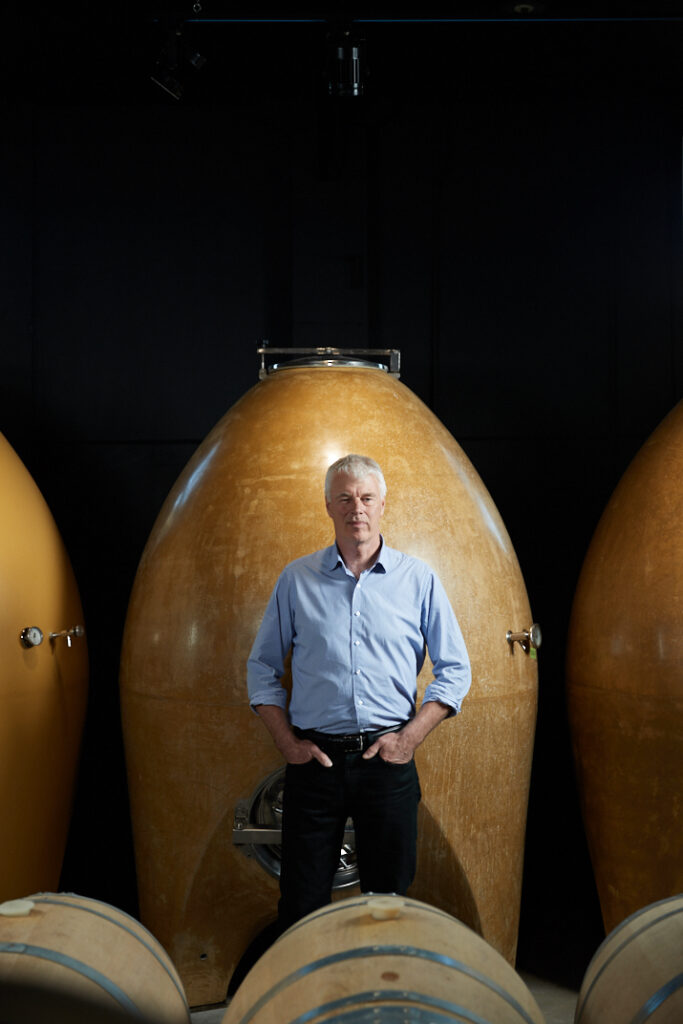
The eggs have been great, which is a big part of our innovations, and our uniqueness – other than being a Chardonnay specialist. Having introduced eggs to the New Zealand industry. I design them and I’m the sales and marketing commission agent for them – placed them in wineries from Otago to Waiheke Island.
WF: And Rod couldn’t wait?
TB: Yes, he got two from Sonoma after our trip to South America. I couldn’t afford the exorbitant freight cost- I had to wait another year and build them. They’ve been really great for us, and mine are all paid for on commission sales to other people. Kept my CapEx low which in the wine industry is a vital ingredient. The oak egg is very unique, and I used to say it was the only one in the southern hemisphere, but I have sold another one, as I do represent Taransaud as their agent in New Zealand. But certainly we have the first Chardonnay in the world made in an oak egg cuve.
WF: What’s special about them?
TB: Everything. For a start the egg shape, so you’re getting the convection current and the yeast autolysis enhancement – so the richness that eggs develop is quite profound. The texture and harmony in the wine is quite profound. And it’s 56mm thick oak staves, so we’re getting oak pick up, barrel fermentation characters. It’s the pinnacle barrel really.
WF: Will there come a time when it won’t be doing the job any more?
TB: No, I’ve got a plan for that. It’s a single vineyard wine from Skeetfield, and it goes into the egg and into new barrels, so all I need to do is maintain a ratio of new oak in that wine that’s consistent. I can do that by adding maybe another one barrel. And I’m not even bottling all of that as ‘Zen’ yet as I have to build the market for a wine at that price. So I’ve got upside capacity on ‘Zen’ which I’ll have to explore as it sells out every year quite quickly now. Even if it was 50/50 new oak and egg, that would be 4000 litres, which would be a shitload of wine at $140 a bottle. Nice problem to have. It’s not an issue!
The nice thing about ‘Zen’ is it’s not an oak-driven wine. If it was you might as well do it in barrel. What would be the point? It’s an egg wine, so I don’t have to have high oak influence otherwise I lose that uniqueness. Anyone can put wine in a new barrel. It doesn’t take cleverness, it just takes a budget. And anyone can get a budget if they ask nicely, so that’s not creative winemaking to me. That’s just throwing money at wine.
WF: But isn’t that egg rather big-budget?
TB: I mean that’s an expensive vessel, yes. But it’s innovative winemaking – it’s completely texturally different to any other wine. It’s also become identified with this winery and that wine. Eventually we might replace it but I see many, many more years out of it. It can still do an incredibly good job as a fairly neutral vessel, just like any of the cuves. The global trend towards large vats and cuves is phenomenal. And none of them are getting turned over. They’re all for the long term. It’s stylistic winemaking. So that fits into that category of the rise and rise of the oak cuve. Taransaud can hardly keep up with getting enough long stave wood to keep up with global demand for vats.
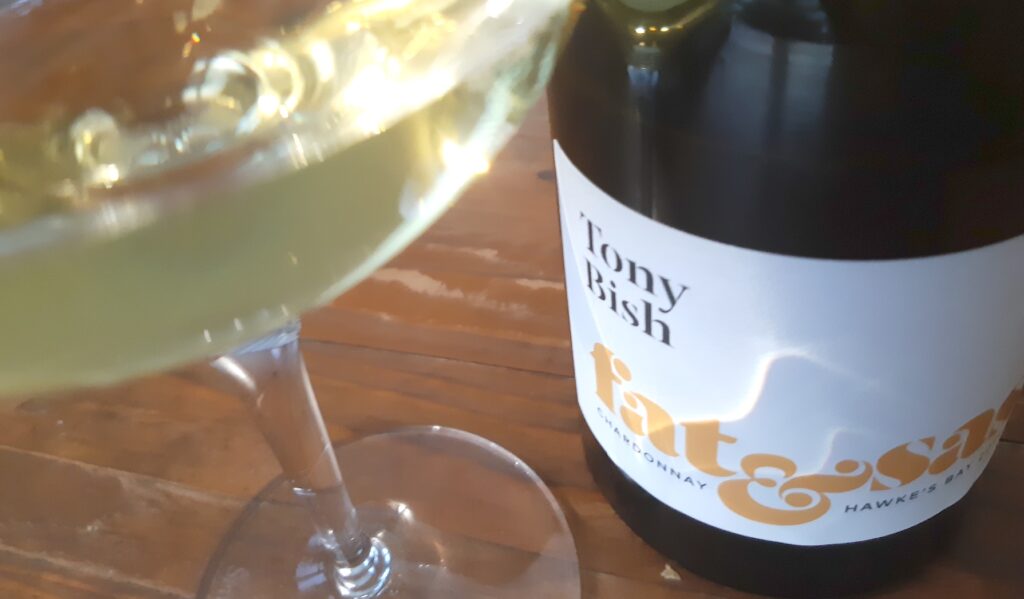
WF: I’ve been a lot of places that have mentioned it, for sure.
TB: Cloudy Bay are putting in new big oak cuves every year. Australia is well ahead of us on that trend. But we’re well ahead on selling wine in China – that could be a bit of a bonus for Gimblett Gravels and a few other producers. 170% tariff increase or something?
We can survive here, in this mode, for a very long time. And that’s the plan – my children are getting involved. My oldest son is going to do post-graduate winemaking – that’s coming up and he’s always done winemaking. In New Zealand we employ loads of Spanish, italian and they’ve done 15 vintages by the time they’re twenty five, and speak three languages.
WF: How did you end up winemaking? I think I read that back in the day you realised that surfing wasn’t going to pay many bills?
TB: Pretty much. I did law but I didn’t enjoy it very much. I did a couple of years and thought ‘No, this is not me’ Woke up and realised that I’d only been doing it through school career-advice and it had nothing to do with what I wanted. Oscar, my oldest son, he did engineering and flew through the first year. He wanted to do biomedical which is the hardest of all the disciplines – and he got into it, on his results. Then got halfway through and thought ‘this is boring’ and bailed out. So we didn’t let go at first, my wife and I. We thought ‘Jesus, you’ve got the talent’ and he’s a sociable and well-adjusted kid. So we said why don’t you apply for this Rotary Scholarship thing – we’d done the homework – and so he got a years scholarship, fully paid in Atlanta, Georgia, doing engineering. Got an A minus in Astrophysics! Who the f**k can do that? And at the end of that it was “great, thank you, but no, I’m going to London for two years and work in hospo”. And we just had so say “Ok, it’s not him” And he came back from London, a new kid… now he’s just finished a business and finance degree in two years.
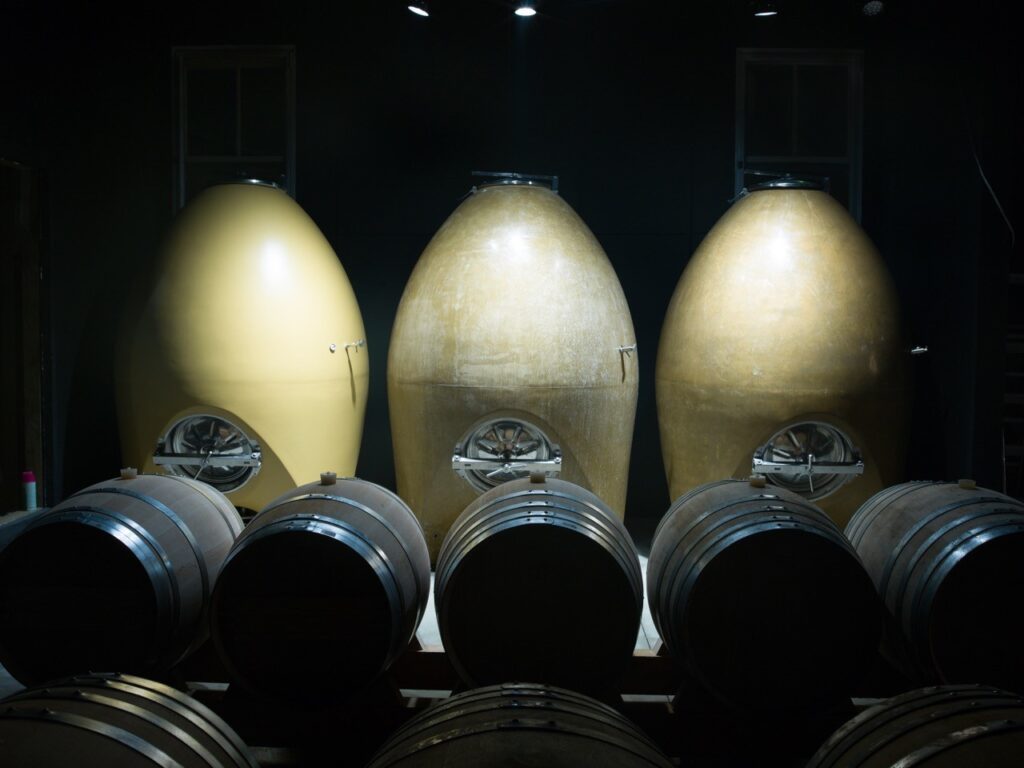
WF: Life’s for living isn’t it?
TB: We’ve been told, in our generation, that our kids will change careers at least three or four times. So what are we worried about? See, our generation didn’t.
WF: So you’re focussing on Chardonnay – is that because it’s a good business angle and model, or because that’s your passion?
TB: It’s my passion. I mean, Riflemans was my baby at Sacred Hill. It’s a wine that I first felt immense pride in creating. I co-founded Sacred Hill and ’95 was the first vintage of that. It won three gold medals in three shows in the first release. And that wine lived for 12 to 15 years. It was my Epiphany wine. After being in the business since ’81, that was the first wine that I though ‘f**k I nailed that’. And I knew that wine would live for a decade or more, right at the beginning. So that was a great feeling, and it never left me.
And I spent a bit of professional tourism time I suppose you’d call it – in Chablis. Visiting places like LaRoche – got introductions so I could talk to the winemakers and viticulturalists. And I do remember sitting on that long haul flight back from Charles de Galle and just ruminating on what I’d experienced in Chablis and Burgundy, and thinking ‘f**k those guys were passionate about Chardonnay”. It blew me away. And then thinking they’ve been doing that for what..800 years? Only chardonnay, and yet their passion was as much, or more, than I’ve ever met in any industry.
WF: Things like that are so good in France – the culture is so different, especially in wine.
TB: This was only on reflection. These influences were lodged somewhere in my brain. I’d been increasingly frustrated with some of the direction towards winemaking becoming a grocery business, and losing my passion for it. The churn. I’m not a churn winemaker. I was stressed and I was bitching to my wife about it. I don’t want to live life like that – I’m not a negative person. I needed to find some honesty in myself, and have the balls to do something about it.
The trip to South America with Rod and other winemakers was pivotal in that I think it was on my mind then. I’d said that ‘one day I’ll do my own label’ and one of the other guys – could have been Rod or Warren – said “Put up or Shut up Bish, you’ve been talking about it too much”. That was the point where I thought I had been talking about it a lot. And it was angsting in me. I came back and said to my good friend David Mason ‘I’m starting my own brand – you OK with that?’ So we worked it out and I could stay and morph out, which was very generous of him. That was the beginning. I decided I was going to make a Chardonnay. If there was one thing I was going to do, it was that.
WF: Did your wife share that passion and that dream? And although you seem to be climbing higher, is it hard sometimes to do that, without her?
TB: Yes, the personal side was very difficult. We had a very clear vision of what we wanted to achieve, and that was to create an independent, 100% Bish family owned business. With minimal debt and learn from any mistakes and lessons in business we’d made in the past. Use the equity I had in the trade, in terms of being recognised by the gatekeepers. And that couldn’t have happened without being 23 years at Sacred Hill. I knew I had access to the market through my reputation; as I didn’t have a whole lot of cash, but I had personal equity.
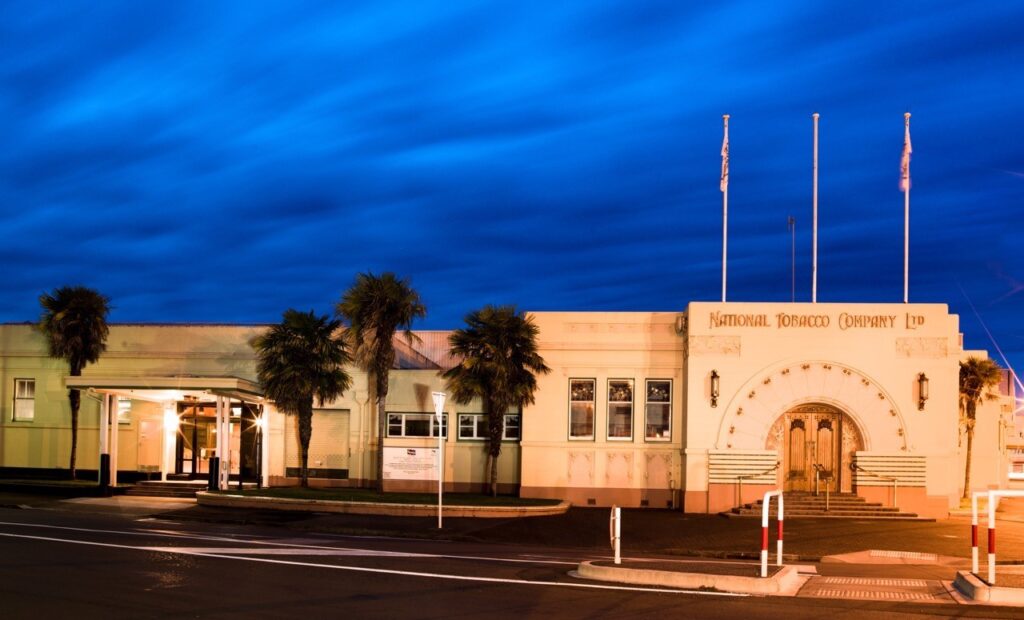
I said to her after doing the first wine – ‘look we should just focus on Chardonnay’. It was the most obvious thing. I recognised that New Zealand and Hawke’s Bay needed it too. Who was championing Chardonnay? There’s people who are very good at it, but it’s part of their portfolio. And I would put Mike Brajkovich at the top of that list, but he’s from a historic winemaking family with a history going right back to ports and sherries. He’s become a Chardonnay guru of sorts, and I have immense respect for him and his wines. But he’s still not a specialist in that he does many other things.
WF: It hardly seems like it was this year, it’s been such a weird year… but I interviewed him on the first day back to work in January. I said to him ‘How much focus and time do you put into your other wines, because you’re really known for Chardonnay? Who ever mentions your Pinot Noir?’ And he said “We make really good Pinot Noir, and I put a good deal of effort into that wine”. It’s in the shadow of all the amazing Chardonnay.
HB: I’ll be a purist when it comes to that. If you’re going to be a specialist then you’ve gotta be a specialist. It’s very different being a Brajkovich to being Tony Bish. I’ve come from nowhere. No winemaking history. I have to have cut through. I’m Australasia’s only Chardonnay specialist – that’s cut through. That’s strategically smart for me. So I will not do Pinot Gris. I could do Blanc de Blanc sparkling.
I could even do Rosé as long as it’s 85% Chardonnay and 15% Pinot Noir. Whether I will or not I don’t know! It’s not the lowest hanging fruit for me at the moment. I will stay a Chardonnay specialist. And that recognition is building now. I knew it would take a long time. 2014 was our first vintage, so 5-6 years and I’m just feeling that sense of momentum now.
WF: Do you still have a hand in other wines at Sacred Hill though for example?
TB: I consult, but only on Chardonnay. I was heavily involved in their wines for over twenty years, but once I’d morphed into here – I don’t have time. It fitted in nicely as I could help with the Chardonnay since I’m at Sacred Hill every day during the harvest anyway, because I’m putting my juice through there. I’m going there this afternoon for a three hour session with Chardonnay, then I’ve got a Maison Vauron tasting back here tonight.
WF: This place is fantastic. Is it really on the map – do you get a load of visitors?
TB: it depends on the day. Friday and Saturday nights, with live music, are our biggest turnover. We’ve got a pop-up stage, our own PA system. It’s washing its own face and more at the moment.
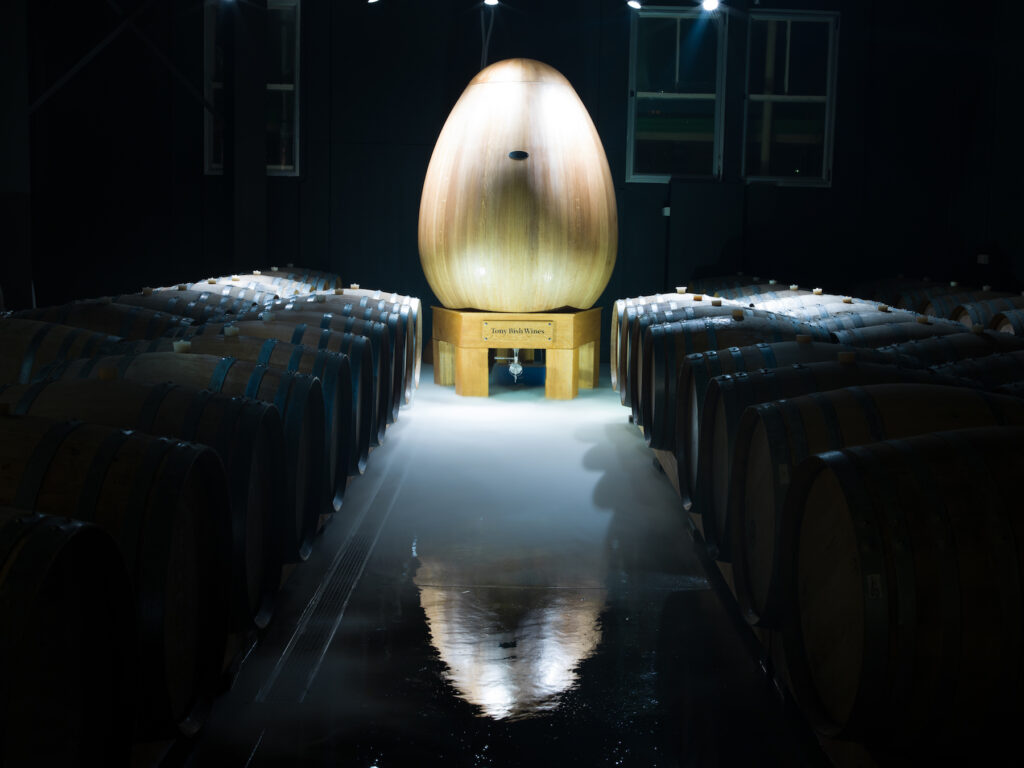
WF: From a tourism angle, once places like these get ‘on the map’ they become like a ‘must-do’ for visitors. And you’re breaking from that traditional Cellar Door stood-up type of tasting, which can be a bit hard for some people to relax and enjoy.
TB: Five craft beers on tap, a whole range of Hawke’s Bay wines from small producers. If I have one criticism of New Zealand Cellar doors, it’s a disconnect between the Cellar Door and the Winery.
The ones I like – I like Peregrine – you walk in and there’s a glass wall you can see right through, and all the barrels. Beautiful. We set this up as ‘urban’ which I think is a trend, globally. This is as much a visitor ‘experience’ as anything, here. You can do a flight of my Chardonnays, you can do a regional flight, or you can do a premium flight. And you get choices within those. You can say I want to have Chardonnay, Syrah, Merlot and choose from a range of wines that are available. We have a smattering of international wines – we had the after-party for the Wine Auction here and had some Barolo, Champagne and the odd bottle of burgundy went out. We have a smattering of premium spirits although we’re not a spirits bar as such. Barrel-aged Negronis and Old Fashioneds and a couple of good whiskys. This is an adults playground – vinyl, live music and good table service. Even on a busy Friday and Saturday we have full table service with staff that know what they’re doing, and we look after everyone. Never had the police in, never had anyone fight in here – it’s not that kind of place.
WF: Wow, is that right? I used to work in clubs, and you always needed good security.
TB: No, no security, no-one on the door. It just attracts the right crowd. We’re really happy, it’s been a good year. COVID has not damaged our business – well it did at the time, but we’ve recovered and had a robust year.
WF: Do you see changes ahead for Hawke’s Bay – will it go down that specific appellations route?
TB: I think that’s inevitable. There’s a slow progress towards that – sub regions. I think that’s a natural evolution of the industry. I’ve been banging an about this for years – Hawke’s Bay is New Zealand’s fine wine producing region. We have a range of fine wines here. We’re not a single-varietal led region and we never will be. And heaven forbid that, to be honest, from my point of view. I think it’s fantastic that we do great Syrah, Merlot-Cabernet blends and Chardonnays. They’re the lead ones but we also make some very good Albarinos and other interesting wines. You come here and you get quite a diverse experience of fine wine. And we’re not a bulk producing, or volume producing region. Pretty much everyone in Hawke’s Bay is focussed on mid to high priced wine. And so that’s great. I think that’s wonderful.
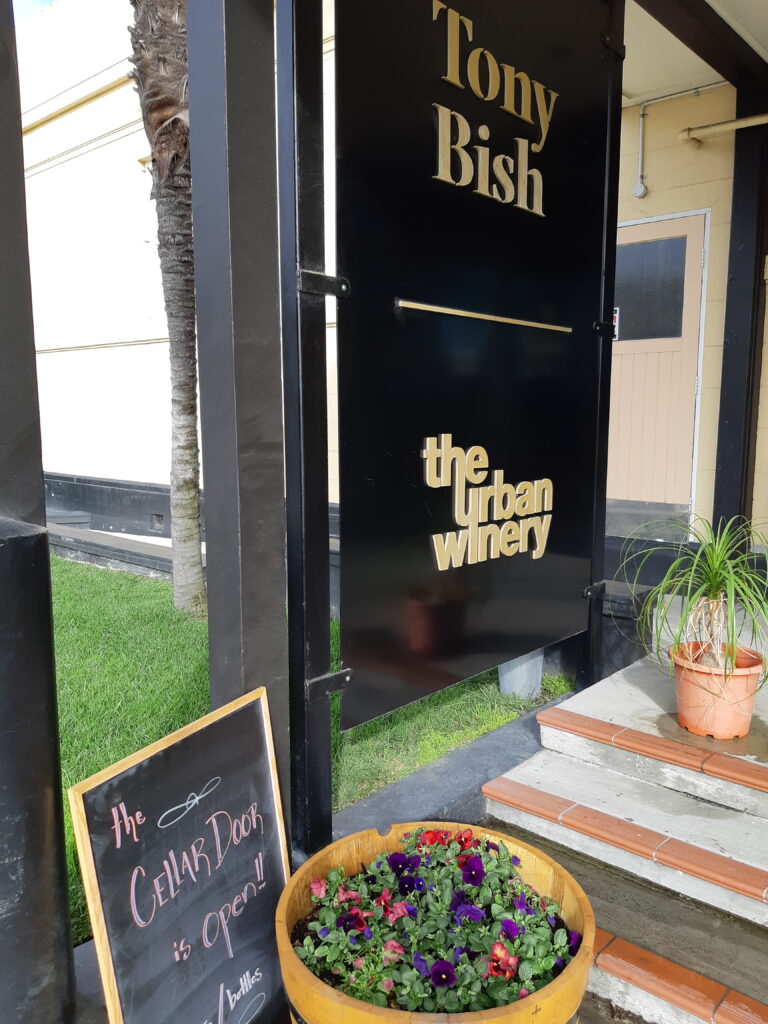
WF: I’ve spoken to a couple of people from Hawke’s Bay who think Syrah will be the next big thing, and a couple who think Chardonnay. What I then ask is “Yes, I appreciate that some of New Zealand’s Chardonnay is world class, but is it distinctive enough?” Like a Marlborough Sauvignon Blanc is distinctive. And perhaps a Hawke’s Bay Syrah is as well – with its very aromatic profile. Is the Chardonnay different enough, on a global scale, to stand out?
TB: I did an around-the-world Chardonnay tasting two weeks ago. Australia, Burgundy, Americas and Hawke’s Bay – all from here. I think they were distinctly different. I think there’s a citrus intensity and a length on the palate. There’s a purity in the fruit. That’s at the core of it. I think that we will always compete with other wine regions with Chardonnay.
WF: Like with a ‘Bordeaux Blend’. In time it will be a ‘Hawke’s Bay Blend’.
TB: We deliberately forced that with Brokenstone, because that was a Bordeaux blend, on the Merlot side, and Helmsman was on the left bank style. And after a few years I got tired of it and said “Look, let’s just put Syrah in this because it’s going to make the wine better” And it did. And no-one can call it a Bordeaux blend, so now it’s a Hawke’s Bay blend! Did that in 2013 and Sacred Hill have stuck with that.
With Hawke’s Bay reds – we went up against first growth Bordeaux and four of the top eight wines were from Hawke’s Bay. “Oh but you can’t sell that story” Well, yes, you can. Because our price is a tenth of what the French is for the same quality. Well that is a GREAT story. Amazing quality wines, that may be difficult to distinguish from the Europeans.. but the price is a killer. Look what’s happening with global wine prices. What’s happening with Bordeaux, Barolo, Chianti Reservas, Super Tuscans – they’re getting out of mere mortals price range. And many mere mortals do want to drink fine wine. I think that’s an opportunity, and I do think Hawke’s Bay has a distinctiveness. I wouldn’t go anywhere else in New Zealand to be doing what I’m doing.
WF: What do you think of Central Hawke’s Bay – is that an opportunity waiting to be discovered?
TB: That would be good in that Chablis style, that New Zealand’s not that good at understanding. So you need to find another market for that.
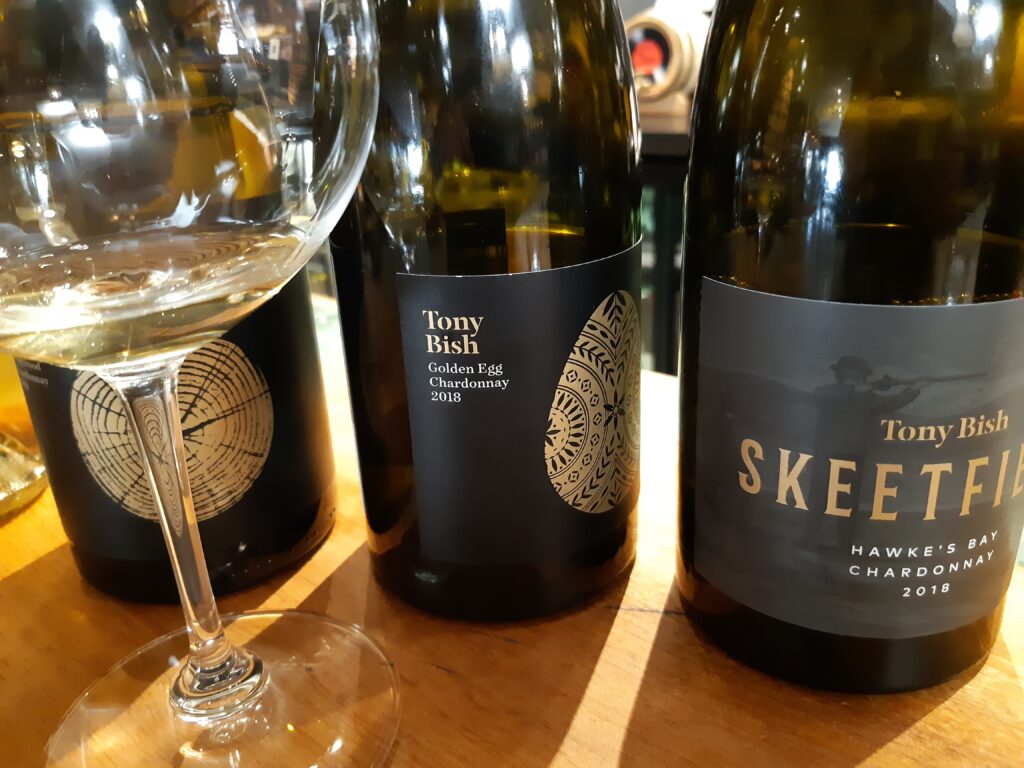
WF: What about Hawke’s Bay Sauvignon Blanc?
TB: it will always be a blending component to Marlborough. Marlborough’s a global brand. And it’s struggling on land and water. The plantings that I see going on in Hawke’s Bay are to provide 15% to put into Marlborough. Now the better that 15% can be, the better for the wine. The problem with Sauvignon is it’s got a glass ceiling on its value. Chardonnay is the King. I think we’ve got a very exciting and sustainable category to explore.
We’ve got a lot of work to do – this is a generational business, with me as the first generation. The future for us over the next twenty years is finding new sites that suit us for our styles, and then owning those sites to provide vineyard provenance. There are still sites to explore in Hawke’s Bay, for Chardonnay. That’s a financial challenge and a viticulture challenge for my family.
WF: I asked Chris Scott right at the end of my chat with him, who he would like to share a glass of his wine with, and he said ‘Tom McDonald’. It would be really cool to think that if your children’s children were asked that question, that they would say my Grandparents – that would be great wouldn’t it?
TB: Absolutely, that would be really good. And I have no doubt that those wines would be better than what we’re doing now!

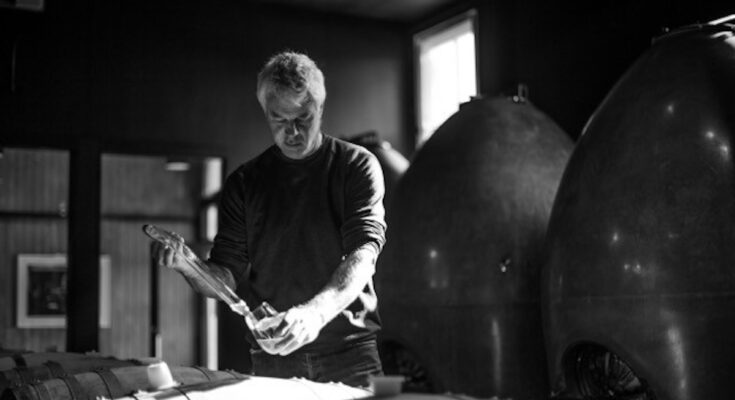
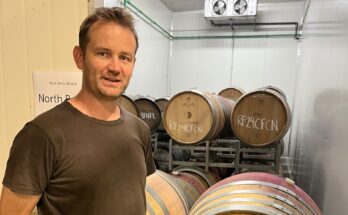


One Comment on “Winemaker series: Tony Bish”